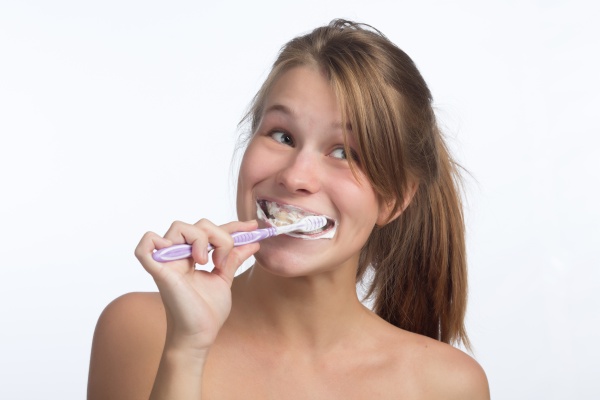What to Expect During and After a Dental Cleaning

If you are due for a dental cleaning, you likely want to know what to expect. What will happen during the cleaning and what will occur afterward? Get the details and make an appointment for your next cleaning.
What to expect during a dental cleaning
There is no reason to get stressed out about a cleaning at the dentist. The process is very simple. It typically consists of several steps conducted by a hygienist and a dentist.
Initial examination
An initial examination is needed to look for signs of cavities and gingivitis. The hygienist will use a mirror to look at all areas of the mouth. The hygienists might consult with the dentist during this process.
X-rays
A visual exam cannot detect all dental issues, so the dentist will likely order digital X-rays. X-rays are used to discover tooth decay, movement and bone loss.
Teeth cleaning
The dental hygienist will use a scaler to remove tartar and plaque on the teeth and along the gumline. Brushing and flossing at home remove bacteria and plaque, but this alone usually does not get all of it. If left on the teeth, it will turn into tartar. Brushing and flossing at home do not remove tartar.
Patients notice some scraping sounds when plaque and tartar are removed. However, the process is painless.
Polishing, flossing and fluoride treatment
Power polishing is used to remove stains from the teeth. The hygienist will rinse the mouth after the polishing and then floss the teeth. Professional flossing removes additional plaque from between the teeth.
The hygienist might follow up the flossing with a fluoride treatment. Patients who are at a high risk of decay often get this treatment. The hygienist fills a mouthpiece with the fluoride treatment and inserts it in the mouth. The mouthpiece stays in the mouth for approximately one minute, and then the patient rinses.
Final inspection
After the cleaning, the dentist will come into the treatment room and perform a final inspection. At this point, the dentist has reviewed the X-rays and will evaluate any problem areas. The dentist will also check for oral cancer and other problems.
What to expect after a dental cleaning
When patients leave the dentist office, their teeth are much cleaner. They feel smooth and fresh, and most intend to follow an oral hygiene routine at home to keep them that way. People also need to be aware of what to expect immediately following the cleaning.
Eating after the cleaning
Patients who receive a fluoride treatment need to wait at least 30 minutes after the appointment to eat. All patients should avoid sticky, spicy, crunchy, cold and citrusy foods immediately following the appointment.
Sensitive teeth
Some patients experience mild tooth sensitivity after a cleaning. This is typically a short-term problem that goes away the same day. Those who experience prolonged sensitivity should contact the dentist for guidance.
Prepare for a dental cleaning
Cleanings are necessary to remove plaque and tartar from your teeth, so you do not get cavities or gum disease. Along with the cleaning, you will undergo a dental exam and X-ray. Afterward, be mindful of what you eat and take special care with sensitive teeth. Also, maintain an oral hygiene routine to keep your teeth free of bacteria.
Are you considering a dental cleaning in the Forest Hills area? Get more information at https://metrosmiles.com.
Check out what others are saying about our services on Yelp: Read our Yelp reviews.
Related Posts
Whether you are missing a tooth or have a cracked tooth that needs repair, restorative dentistry can help. This article will discuss some of the most common dental restoration services available today.A tooth-colored filling, also known as composite resin, is made of plastic and can be used to replace decayed areas of teeth. The material…
Clear braces and other orthodontic advances make teeth straightening treatment more attractive to many patients. From clear aligners to ceramic braces, these innovative treatments allow patients to align their smiles without noticeable metal brackets and wires. Thanks to these alternatives, teeth straightening has become more accessible to those who want to avoid traditional metal braces.Traditional…
Cracked and chipped teeth can be unsightly and painful, but dental restoration can help. Even a painless chip or crack may become a bigger problem if left untreated. Severe pain, swollen and tender gums, and infection may result. In the worst cases, it will be necessary to extract the broken tooth. There are many ways…
You may need a type of dental restoration at some point in your life. There are many types of treatments available. Knowing how to select each one can give you the results that you need. Here are some tips on how to choose the right type of dental restoration procedure that will fit your dental…
